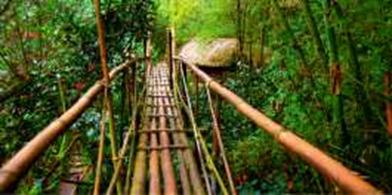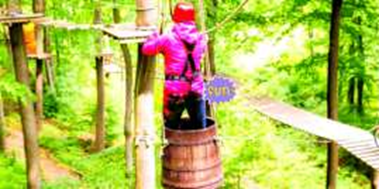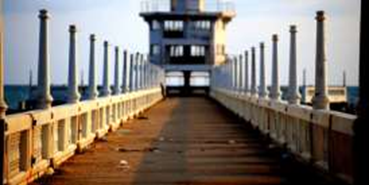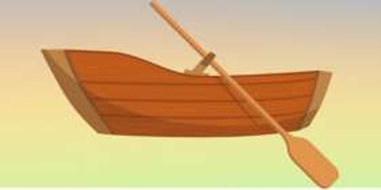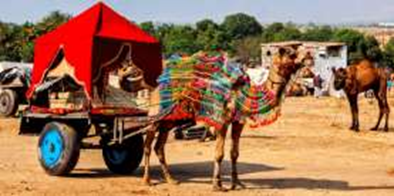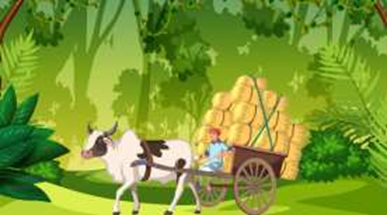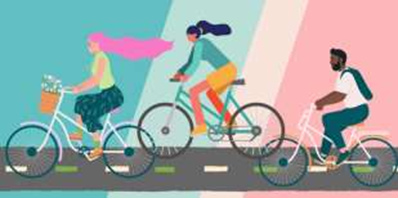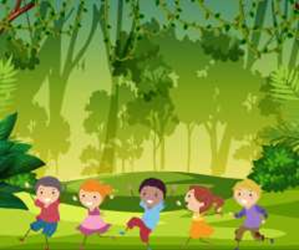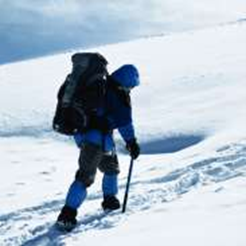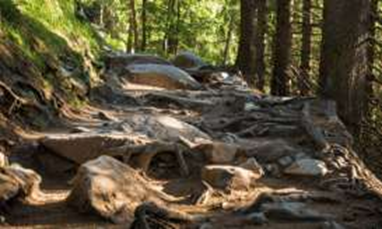CBSE EVS Chapter 1 Going To School Class 4 Notes Download FREE PDF
FAQs on Going To School Class 4 Notes: Environmental Studies (Looking Around) Chapter 1
1. What is the transport used by the village students in EVS Class 4 Chapter 1 Notes PDF?
Village students use bullock carts or cycles to cover the distance faster. They also walk through the fields and cross bridges over the canals to reach their schools.
2. What do city students use to reach their schools in EVS Class 4 Chapter 1 Notes PDF?
Students in the cities use public transport or any private vehicle to reach their school. They take trains, metros, or even personal cars to reach their schools.
3. Who do you think goes through more hardship? Village or city students?
Village students have to go through more hardship than city students to travel to their schools. The means of transport and road conditions are not as good in villages as in the cities.
4. What do the EVS Class 4 Chapter 1 Notes cover?
The chapter describes various ways children travel to school through different terrains, like jungles and snowy paths, using different modes of transport such as bicycles and trolleys.
5. Why is this EVS Class 4 Chapter 1 Notes PDF important?
It highlights how children use different methods to overcome challenges in reaching school, showing the value of education and determination.
6. How can the EVS Class 4 Chapter 1 Notes PDF be used effectively?
Regularly review the summaries and key points, visualise the travel methods, and discuss them with others to strengthen understanding.
7. Where can the notes be downloaded?
The FREE PDF of the notes can be downloaded from the provided link, offering a clear summary and key points for the study.
8. What key topics are covered in the EVS Class 4 Chapter 1 Notes PDF?
The notes cover various modes of transportation, challenges faced while travelling, different terrains, and the importance of education.
9. How do the notes help with exam preparation?
They simplify complex information into clear points, making it easier to review and remember important details for exams.
10. Are there visuals in the EVS Class 4 Chapter 1 Notes PDF?
Yes, the notes include illustrations or diagrams to help visualise the different types of transportation and terrains described in the chapter.
















